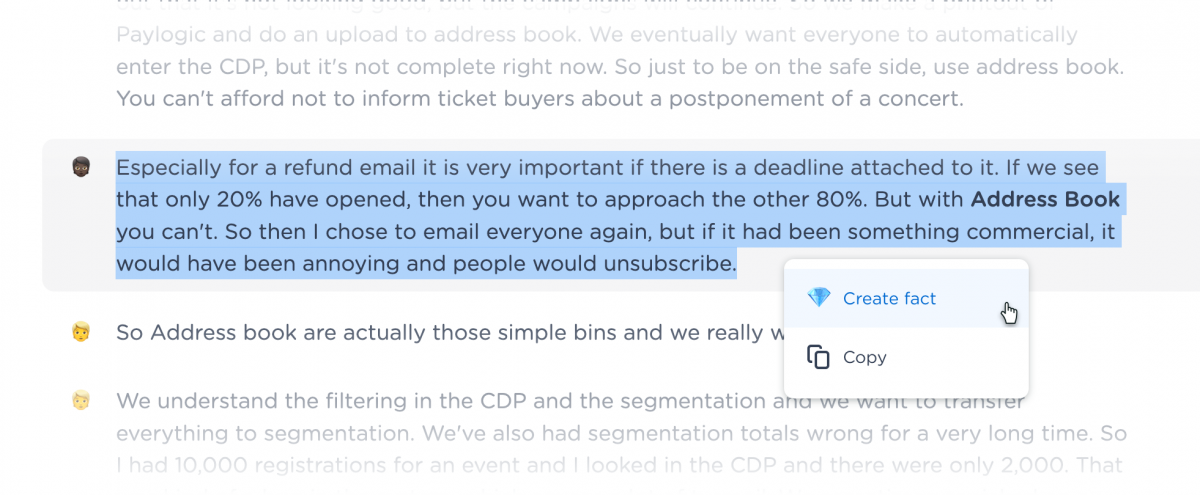A research repository to educate the company about user research and facilitate second-hand research for the growing UX team at CM.com
Opportunity
The UX team at the company did not embed and share research in practice. I initiated a proof of concept project to allocate a budget for a research repository to share UX research with peers, and facilitate second-hand research.
Result
I held several sessions and interviews with colleagues from Product, Marketing, and Support to gather requirements. These translated to a research repository that I built from scratch, using WordPress and PHP. The resulting database facilitated easy documentation and highly dynamic tagging & linking of artifacts.
The UX team at the company was growing from 3 to 10 UX designers. UX research was not embedded in practice. The goal of this self-initiated project was to set up and adopt a user insights platform to foster UX research and enable second-hand research. There was no budget available, so I developed a proof of concept from scratch, to show it’s added value to knowledge sharing within the entire company. It was a great opportunity to research my own UX colleagues and motivate them to perform, collect & share UX research.
Result
The system setup was informed by benchmark research of systems like Dovetail and Condens, I took the atomic research methodology as starting point to create a research repository. The repo allows for the creation of studies, facts, insights, and recommendations. The repo was powered by WordPress, providing the freedom to link and tag any piece of data (‘nugget’) in any way that fit the team’s wishes.

40
Interviews & calls transcribed and coded by 11 colleagues in Product & Support
136
Facts collected and embedded in 51 insights
The final result of the project was directly useful for UX colleagues to gather and make sense of research artifacts. Moreover, Product Owners used the repository to inform their roadmaps, and the Support team used it to document frequent questions and frustrations.
The ultimate goal was to get a budget for an off-the-shelf research repository. As the POC met the needs for the foreseeable future, we decided to keep using it until the team outgrows it, or new needs arise that can not be met by the POC.
Key learnings
- The power of self-created tools is in the process of adoption. Include your colleagues from the beginning, and make sure to let them use the system from the start.
- Acquiring budget for UXR-Ops is challenging without a clear case for UXR
- Designing your own Research Repo is a fun challenge. However, the time and effort spent in creating it could be better spent in adopting a pre-existing research repo


